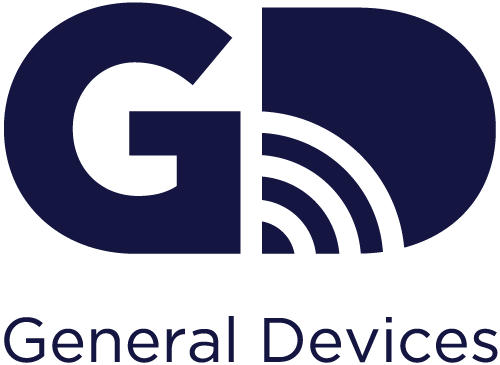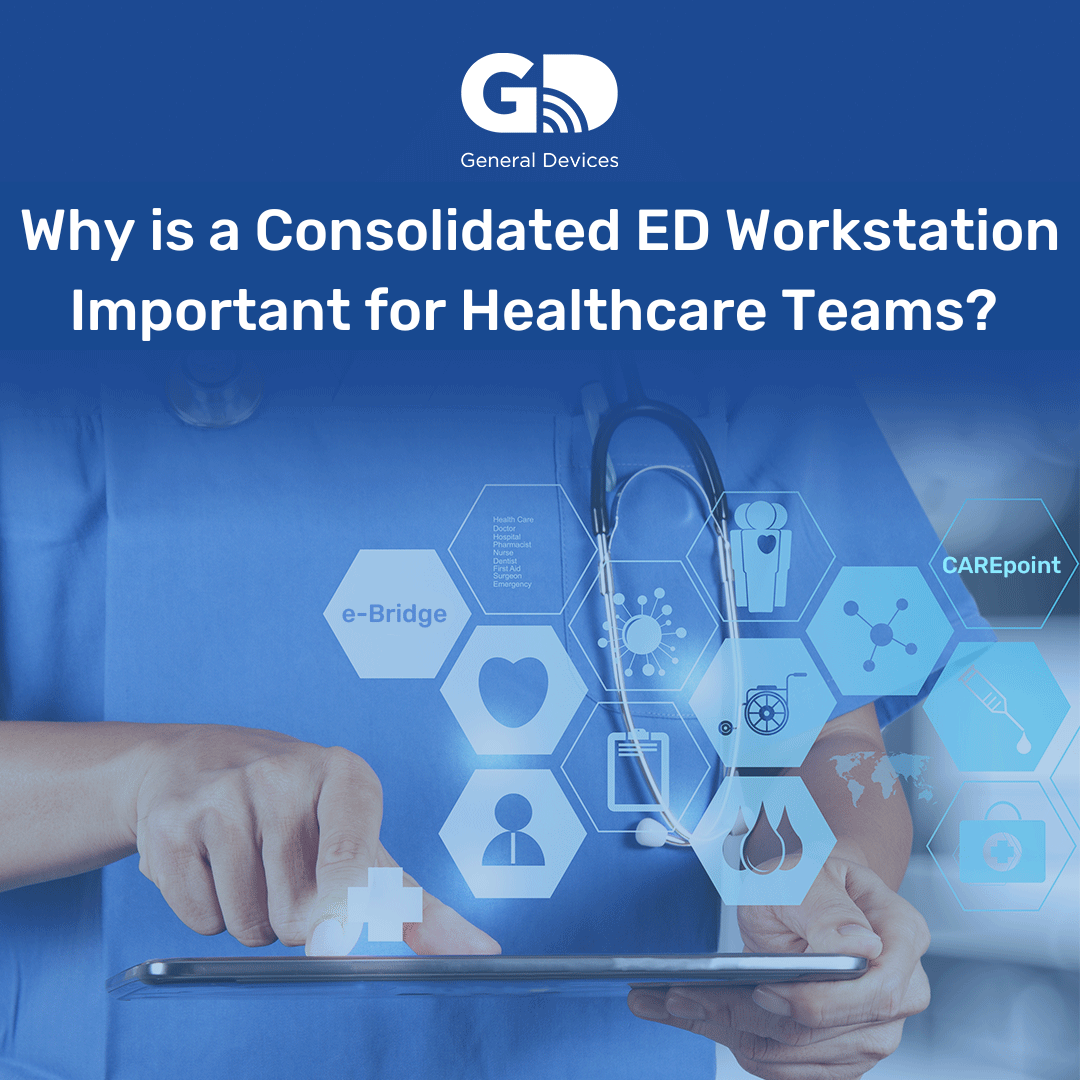Why is a Consolidated ED Workstation Important for Healthcare Teams?
A consolidated communication workstation is an essential tool for emergency departments. By integrating various communication channels into a single interface, it enables efficient information exchange among first responders and the ED. This workstation provides centralized access to patient data, improving decision-making and care coordination.
A consolidated communication workstation is important for emergency departments due to:
- Efficient Information Exchange: In emergency situations, timely and accurate information exchange is crucial for effective patient care. A consolidated communication workstation allows various communication channels, such as phone systems, radios, telehealth platforms, 12-Leads, fax and email, to be integrated into a single interface. This streamlines communication among healthcare professionals, enabling them to quickly share critical information, discuss patient conditions, and coordinate care.
- Centralized Access to Patient Data: Emergency departments handle a large volume of patients with diverse medical histories. A consolidated communication workstation integrates with electronic health record (EHR) systems, giving healthcare providers centralized access to patients' medical records, test results, and previous treatments. This comprehensive view enhances decision-making and enables faster triage, diagnosis, and treatment planning.
- Improved Collaboration with Integrated Communication Platforms: Effective collaboration is essential in emergency departments where multiple healthcare professionals, including physicians, nurses, specialists, and support staff, work together. A consolidated communication workstation with integration capabilities, facilitates real-time communication and collaboration through features like secure messaging, file sharing, and video conferencing. This promotes interdisciplinary teamwork, reduces errors, and enhances patient outcomes.
- Enhanced Workflow Efficiency: Emergency departments often face time-sensitive situations, where every second counts. A consolidated communication workstation integrated with a communication platform optimizes workflow efficiency by eliminating the need to switch between multiple communication tools and systems. Healthcare providers can quickly access and respond to messages, prioritize tasks, and efficiently coordinate patient care, resulting in reduced response times and improved efficiency.
- Integration with Alert Systems: Emergency departments rely on alert systems to notify healthcare providers about critical events such as code blue situations or abnormal vital signs. A consolidated communication workstation can integrate with these alert systems, ensuring that alerts reach the right individuals promptly. This integration minimizes delays, improves emergency response, and helps save lives.
What Options for a Consolidated Emergency Department Workstation are Available?
Overall, a consolidated communication workstation in emergency departments promotes efficient communication, facilitates centralized access to patient data, fosters collaboration, enhances workflow efficiency, and integrates with alert systems. These benefits ultimately contribute to better patient care, improved outcomes, and increased operational effectiveness in emergency settings.
GD’s CAREpoint Workstation connects EMS and ED teams to improve communication and help provide Simply Seamless Patient Care. By harnessing the power of responsive innovation, communications data is consolidated, reporting and recording is automatic, and network security is IT friendly, all in one SolaaS platform which is necessary for today’s prehospital care.
CAREpoint integrates seamlessly with the e-Bridge Communication Platform. e-Bridge is an industry-leading emergency communications and telehealth platform for EMS and Hospitals. e-Bridge enables live, HIPAA-secure communications between and among First Responder and hospital teams through sharing pictures, audio, video and live streaming. It provides audio and visual alerts and notifications with real-time ETA tracking, and allows 12-lead management from any monitor. With a suite of highly-configurable extensions, e-Bridge allows users to tailor its interface, alerts, buttons, workflow and more.
To learn more about, download our eBook: Why You Need an ED Workstation or connect with your regional manager to have a one-on-one live, customized demonstration of GD Solutions.
About General Devices (GD)
GD is a Healthtech company specializing in communication solutions that help EMS and hospitals deliver simply seamless patient care. Powered by responsive innovation, GD’s user-friendly solutions facilitate rapid, secure, voice, telehealth and data sharing communications across care teams to help save time, money and lives. Backed by a 40+ year history and thousands of implementations, GD is a widely revered industry leader. Visit https://general-devices.com/ to learn more.


